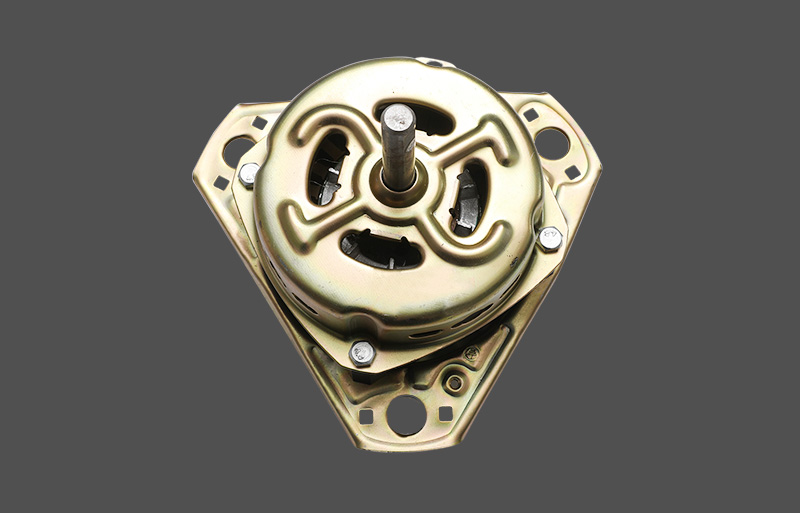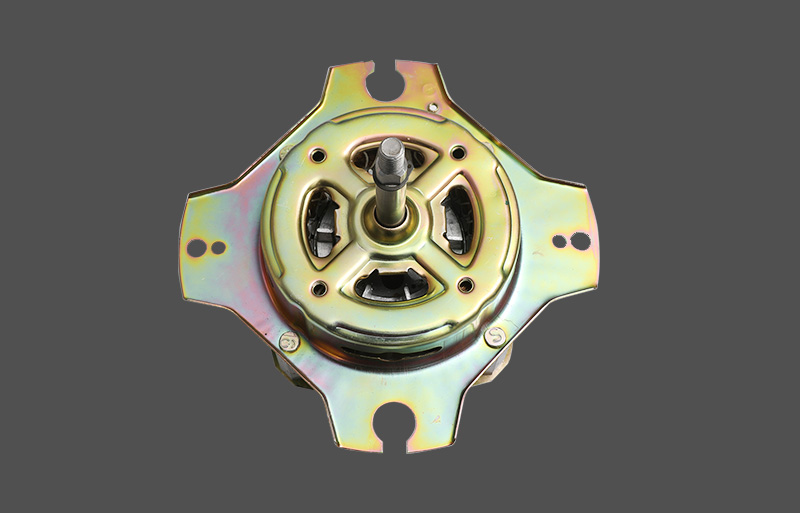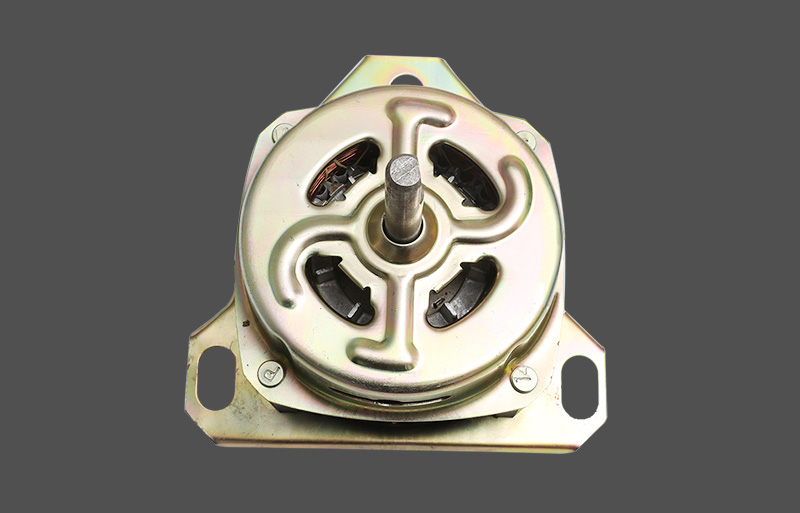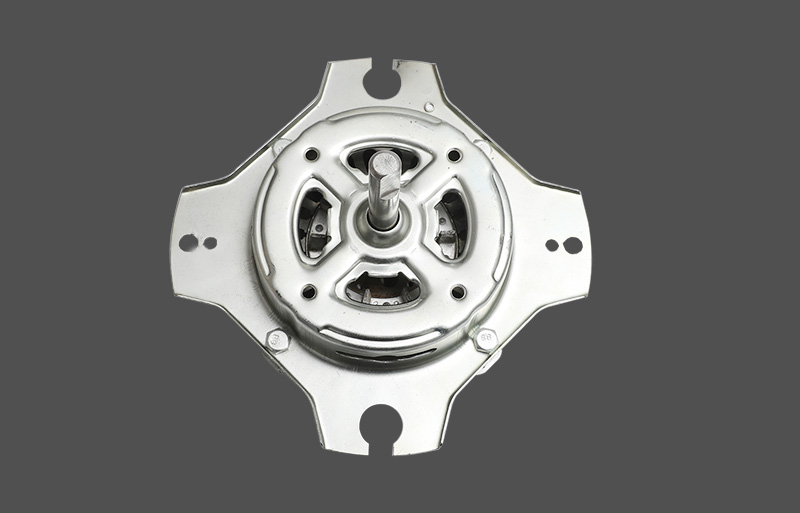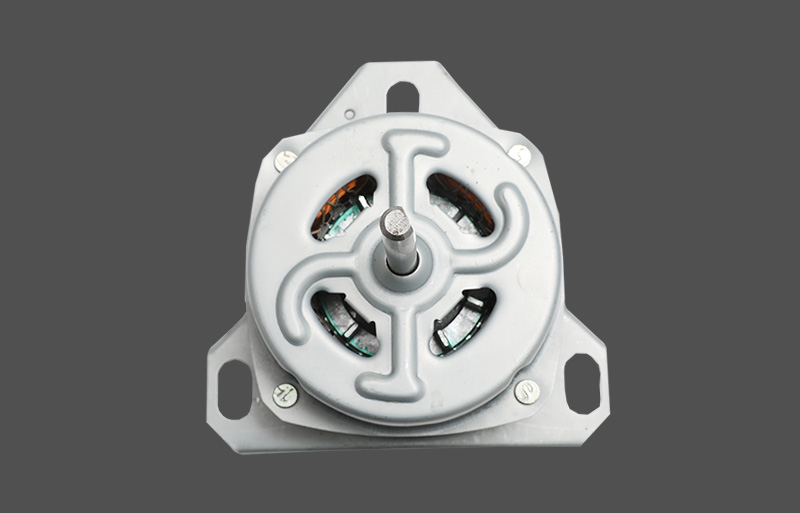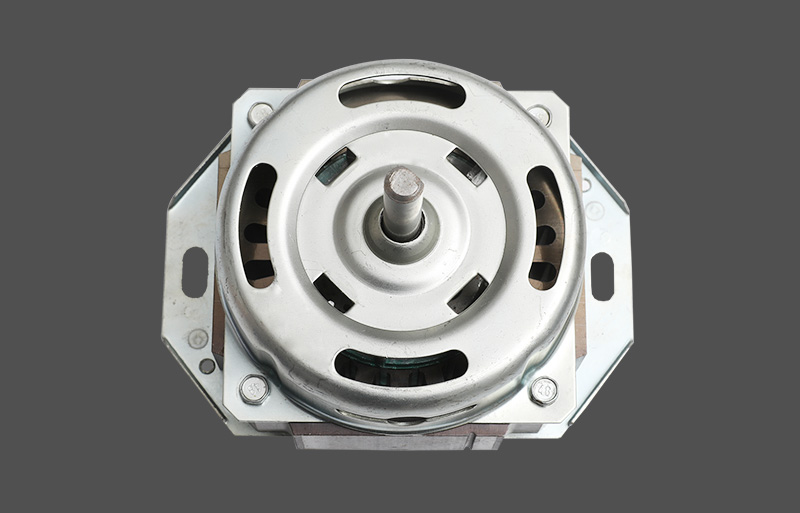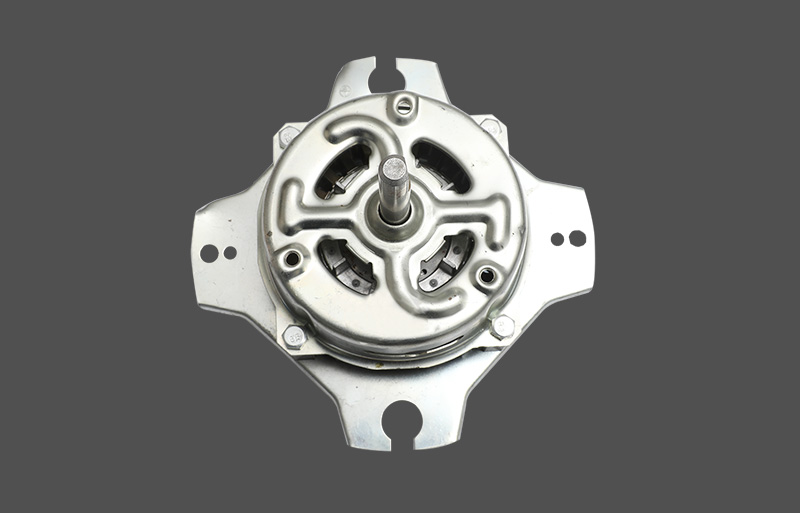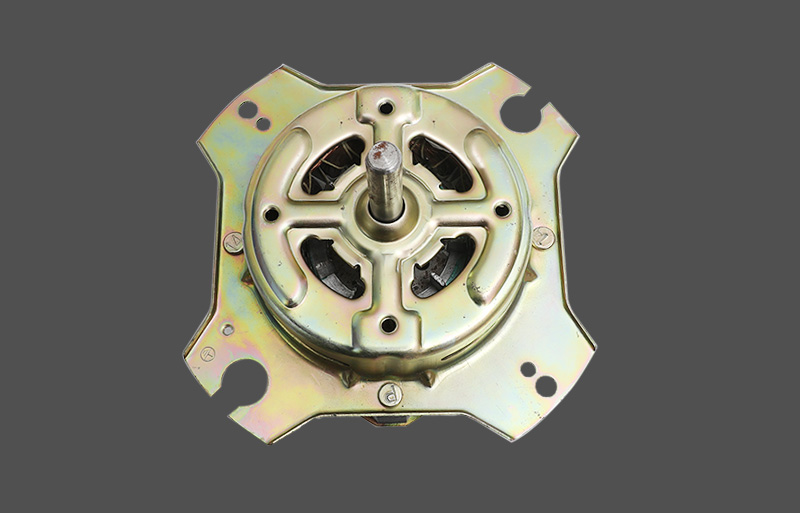In modern industrial applications, the installation method of rotating machine motors has an important impact on their performance, operating stability and maintenance convenience. Horizontal motors are widely used due to their unique advantages, especially in the fields of mechanical equipment, construction and mining.
The design features of horizontal motors make them excellent in space utilization. Its axial direction is horizontal, resulting in a compact overall structure, which can achieve higher working efficiency in a limited space. In many applications, space is often limited, and horizontal installation can effectively optimize the equipment layout and improve overall efficiency. At the same time, the small size and light weight of horizontal motors make it easy to transport and install, thereby reducing the relevant installation costs.
In terms of operating stability, horizontal motors show superior performance. Its design makes the center of gravity low, and it is not easy to vibrate or loosen during operation, which is crucial to improve the operating accuracy and service life of the equipment. Especially in applications that require high precision, such as precision machining and measuring equipment, the stability of horizontal motors is particularly important. In addition, the compact structure of horizontal motors makes the components more tightly connected, reduces the noise and vibration caused by looseness, and thus improves the overall operating quality of the equipment.
In terms of maintenance, the design of horizontal motors is also very advantageous. Due to its low installation position, workers do not need to build additional maintenance platforms or use ladders for daily maintenance and overhaul, which significantly reduces the difficulty and cost of maintenance. Compared with vertical motors, horizontal motors have a relatively simple structure, and the disassembly and assembly of each component are more convenient, which improves the efficiency of maintenance work. When equipment fails, the problem can be quickly located and corresponding measures can be taken, thereby reducing downtime and improving production efficiency.
The adaptability of horizontal motors is also worthy of attention. It can provide a variety of installation methods, such as B3 (general horizontal), B5 (with flange and no foot) and B35 (with foot and flange), which greatly enhances its installation flexibility and adaptability. These different installation methods can meet the needs of various types of equipment, making horizontal motors widely used in multiple industries. For example, in the field of petrochemicals, horizontal motors are widely used in equipment such as oil drilling, oil extraction and compressors; in the metallurgical industry, horizontal motors are often used in equipment such as cold rolling mills and rolling mills.




